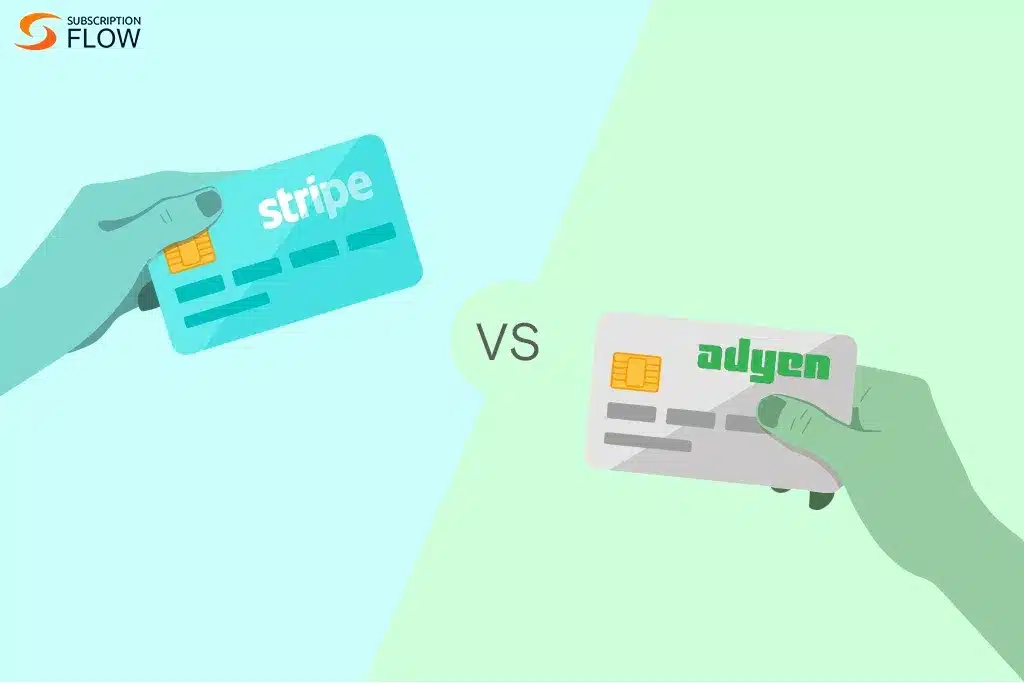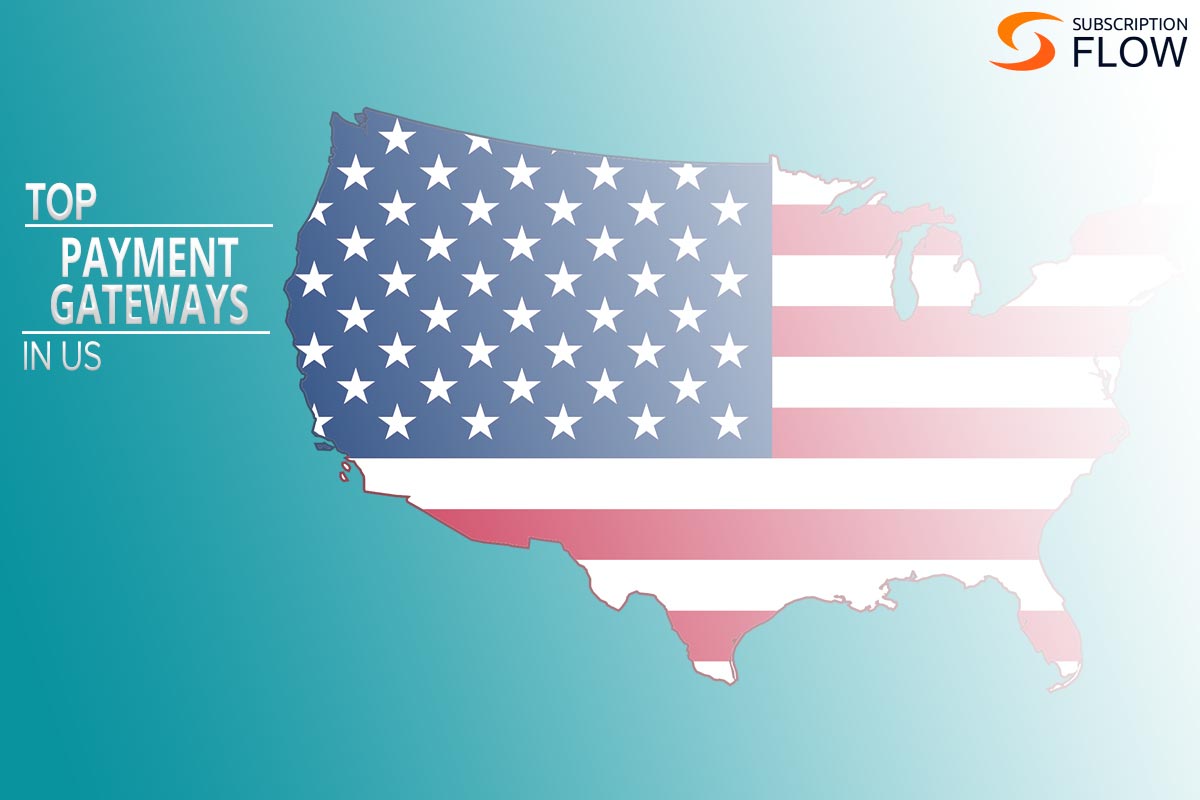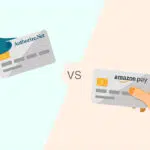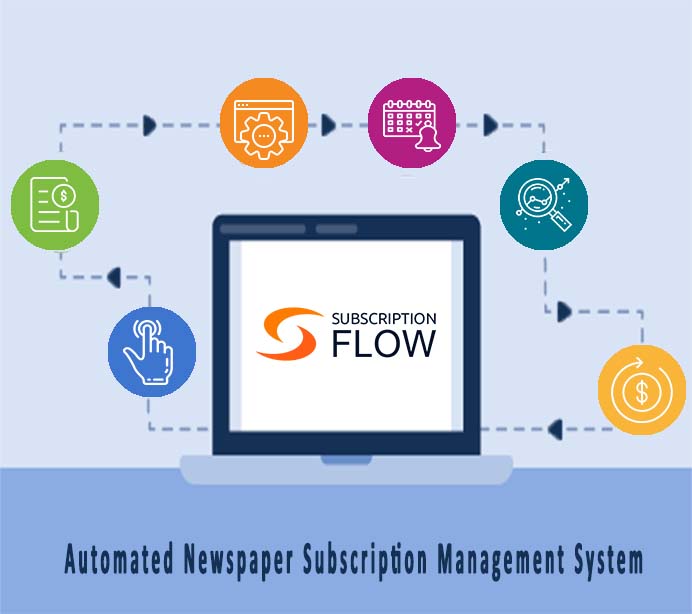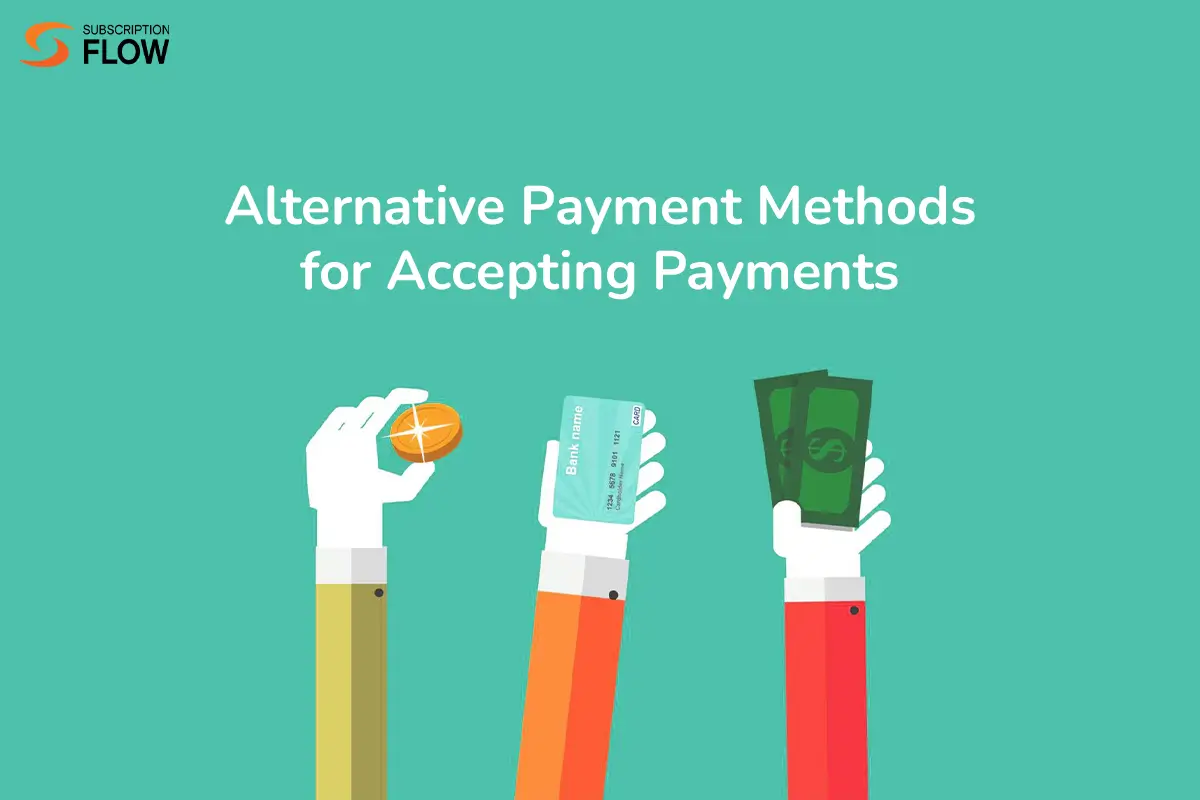
Top 10 Alternative Payment Methods for Accepting Payments
The 2000s were all about making payments through credit and debit cards. The 2010s were a period of uncertainty with multiple alternative payment methods entering the fray. Now, as we approach the middle of the 2020s, it has become obvious that the payments industry is undergoing significant changes. This decade is all about credit and debit cards losing ground to alternative online payment options like digital wallets and cryptocurrency.
In light of this shift in payment trends, this blog explores the emerging advanced alternative payment models. Read ahead to find out more about what mix of alternative payment methods is the best for your business.
List of 10 Best Alternative Payment Methods
Without further ado, let us look at some advanced alternative payment models to better help you decide what (combination of) payment options you should offer:
1. Apple Pay
Apple Pay is a popular digital wallet. A lot of the features of digital wallets function similarly to electronic cards. Both enable users to execute transactions. The card is linked to the user’s bank account via credit or debit cards. With Apple Pay, users can make payments conveniently via their iOS devices. Apple Pay keeps the users’ payment details stored in the cloud, so that they remain secure even if the device goes missing.
Apple Pay facilitates recurrent payments via Merchant Tokens (MPANs) to streamline subscription billing. Tokenization prevents the salespersons from viewing sensitive customer information. Users can authenticate payments using highly secure ways such as their Face ID or Touch ID on iOS devices.
Apple Pay also provides frictionless transactions and improves user experience through its connection with platforms such as Stripe. Generally, its security, usability, and connectivity with a variety of devices (especially within the Apple ecosystem) are the main reasons for its appeal.
2. PayPal
PayPal is one of the most preferred alternative payment methods. Users can store cash balance in their PayPal accounts, and can also link their account to external payment sources such as credit cards. At the point of purchase, PayPal gives users the option to either use their account balance, or withdraw money from other linked sources.
Users can also enable PayPal Credit, to buy first and pay later, adding an extra layer of convenience. PayPal facilitates quick and easy money transfers between family and friends. Sellers, such as those on eBay or Etsy, can utilize this platform to receive payments directly from their customers as well.
PayPal saves users from entering their payment details onto untrustworthy shopping sites, by acting as a mediator. Overall, offering PayPal as an alternative payment method is useful to attract customers who prefer a quick, convenient and secure payment option.
3. Google Pay
Google Pay is another popular digital wallet for online shoppers. It offers strong security through encryption. It makes peer-to-peer transfers, online shopping, and in-store transactions increasingly convenient.
Users also receive loyalty cards, and store-specific cards with Google Pay, making their shopping experience even better. Furthermore, Google Pay enables seamless checkouts by integrating with several websites (such as BigCommerce), and facilitating monthly payments for subscriptions.
4. Amazon Pay
Amazon Pay is a trusted alternative payment method that allows users to store their preferred payment options in their Amazon account. Customers pay by logging in with their Amazon credentials. It saves them from entering their payment details every time they make a purchase.
Amazon Pay does not let the merchants see a user’s credit card details, fostering privacy. Customers pay through a secure payment gateway. Since Amazon is used worldwide, offering the Amazon Pay option allows you to expand your reach globally. Leverage Amazon Pay, and welcome the Amazon customers to become your customers. Associating with a trusted brand like Amazon boosts your business’s credibility as well.
5. Direct Debit
The reason why so many businesses (especially those dealing with recurring payments) like direct debit is because you can automatically deduct payments from your customers’ bank accounts in accordance with a pre-approved arrangement. All the customer needs to do is fill out an authorization form allowing you to deduct funds from their accounts and specify for how long they wish for their subscription to last.
SubscriptionFlow integrates with GoCardless, an alternative payment method that handles direct debit payments efficiently. It automates recurring payment collection, and costs users lowers fees compared to cards. We also facilitate ACH (Automated Clearing House) payment option which is a US exclusive direct debit system.
Both GoCardless, and ACH offer your business some of the most noted benefits of direct debit payments:
- They give your company and your customers security and flexibility.
- They are not too difficult to operate; if a direct debit payment doesn’t go through, you can just try again.
- They lower the chance of involuntary churn because people don’t frequently switch bank accounts.
- They are especially useful for SaaS subscription based businesses which have recurring billing requirements.
6. Mobile Payments
It is one of the alternative payment methods that is especially popular in the poorer regions of the Global South. These are countries where the internet and mobile network technology has proliferated. But, formal banking institutions, and more complicated digital forms of making payments like digital wallets are yet to make serious inroads.
By doing away with the need for cash or credit cards, they provide unparalleled convenience. Mobile payments facilitate quick transactions that increase checkout efficiency. They also make use of advanced safety measures like encoding and biometric authentication.
Additionally, mobile payments increase financial inclusion by giving people without bank accounts access to financial services. Thus, they are affordable for both individuals and businesses, and enable real-time purchase tracking.
They also accept a number of payment options and frequently have loyalty and reward programs. Mobile payments are especially significant in the developing world, where there is a dearth of formal banking options. They fill the gap by providing simple, safe, and accessible means of conducting transactions that promote financial inclusion and economic growth.
7. Buy now, pay later (BNPL)
The popularity of buy now, pay later options and installment payments as alternative payment methods has increased recently. Customers can use this option to buy an item without having to pay the whole amount at the moment of purchase. They are usually offered the choice to pay for the goods in smaller payments to complete the transaction.
Customers are choosing it more and more because it provides an interest-free alternative to splitting the financial burden of a payment. It gives people without credit cards access to a credit-like option.
Some popular buy now, pay later services are:
Klarna: This is the most popular BNPL service, as it offers interest-free payments mostly to customers in Europe.
Zip: This buy now, pay later service is known for operating globally, but one of its drawbacks is its limited support for currency conversion. Due to that, it can become a hassle for customers in one country to buy products from another country using this service.
Sunbit: This BNPL service offers flexible and customized payment plans that prioritize transparency, and strong customer service. Sunbit promotes user-friendly financing.
Splitit: This service stands out because it doesn’t act as a middleman. Instead, it helps businesses offer BNPL options to their customers by facilitating the transaction and making the process smoother.
Affirm: This BNPL service is known for its loan-giving capabilities (owing to its deep pockets). It makes Affirm an ideal fit for those customers who wish to make large purchases for which they will need time to repay the company.
Afterpay: It is an easy-to-use, and budget friendly BNPL. It splits the cost of the customer’s order into 4 instalments, which are free of interest.
8. Prepaid Cards
Prepaid cards are not associated with bank accounts. They allow the users to load balance onto them in advance. The customers cannot exceed this balance limit when purchasing. Offering prepaid cards is a great way to entice customers who are budget-conscious, and want to spend money more strategically.
9. Virtual Cards
Virtual cards are examples of alternative payment methods which make a customer’s need for privacy their main goal. A virtual card generates single-use card details for those customers who are not comfortable in revealing their actual card details on ecommerce websites.
Virtual cards are gaining popularity because of the added layer of security they provide a customer with.
10 .Cryptocurrency
Cryptocurrency is another one of the alternative payment options that has gained popularity over the past few years. Cryptocurrency can be held or exchanged via different types of digital wallets: hardware wallets, trading platforms, or internet powered hot wallets.
This alternative payment method is especially suited to those businesses who have:
- Tech-savvy clients (e.g. SaaS customers), because your average person does not know exactly how cryptocurrency works.
- An international clientele (e.g. customers of businesses offering financial services), because one of crypto’s strong selling points is seamlessly making payments across continents with just a single click.
- A requirement of transaction privacy (such as businesses who deal in adult entertainment). That is because these businesses usually suffer from the restrictive laws imposed by many countries, aimed at limiting their growth.
Which Alternative Payment Methods Best Suit Your Subscription-Management Business?
To understand the best alternative payment methods your business should offer, it is essential to keep the preferences of your target customers in mind. Consider the locations of your customers, and offer the payment options popular in those locations.
Given its flexibility and security in automating recurring payments, direct debit is generally a great alternative payment option that your subscription management company can offer. Leveraging direct debit via GoCardless or ACH ensures a steady source of income, and a simplified management of routine transactions. Offering this payment option also significantly lowers the possibility of involuntary churn.
While buy now, pay later options and digital wallets also offer flexible payment plans and increased security, direct debit is especially well-suited for subscription management due to its unique strengths in processing regular, periodic payments.
Final word
If your business accepts recurring payments, you’ll need a subscription management software like SubscriptionFlow to manage them efficiently. Just integrate your SaaS billing with SubscriptionFlow and continue accepting recurring payments from your preferred payment service providers.
Our subscription management platform allows you to offer a variety of payment options. From the list given above, choose the alternative payment methods that best suit the needs of your business, and book a demo with SubscriptionFlow today!





